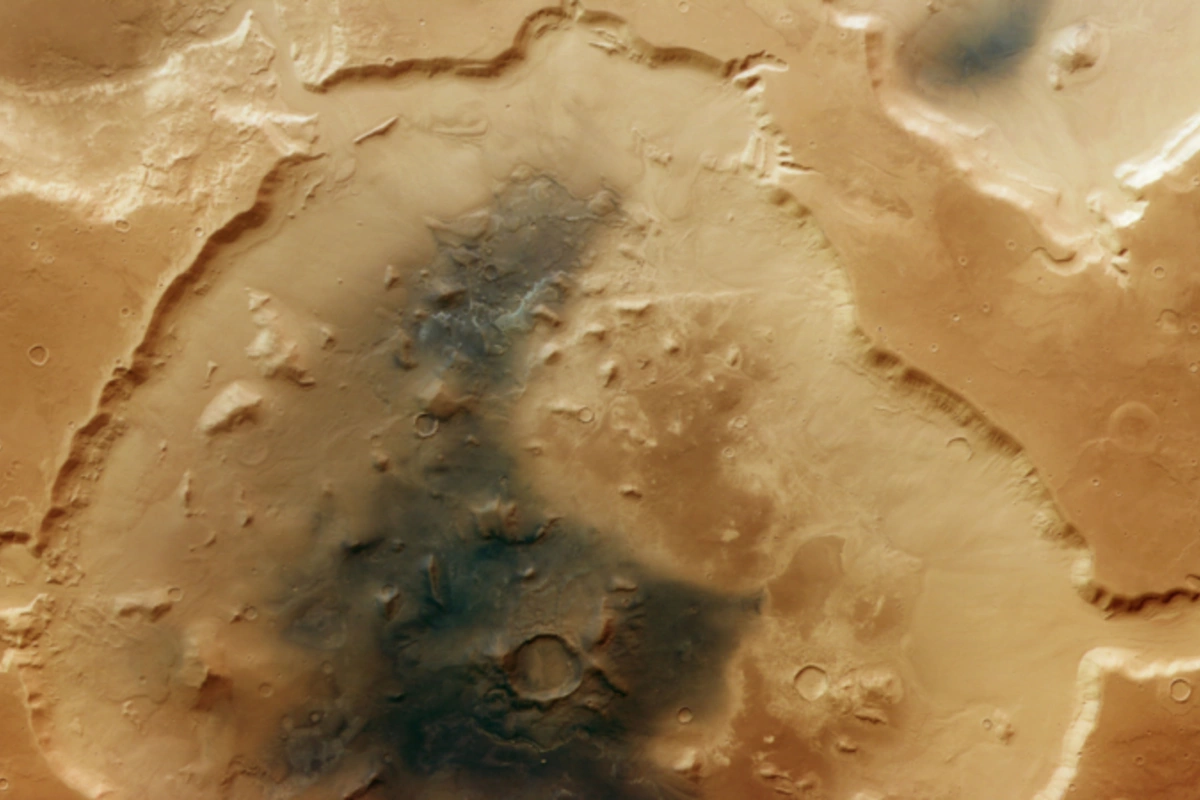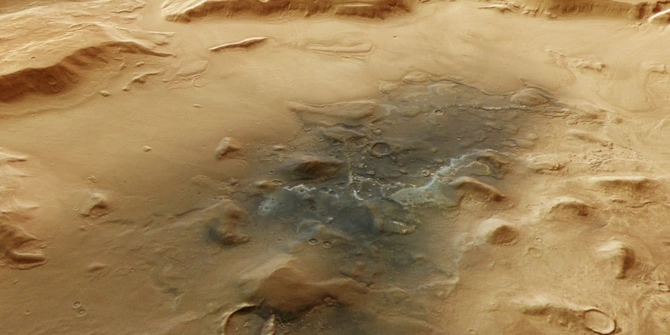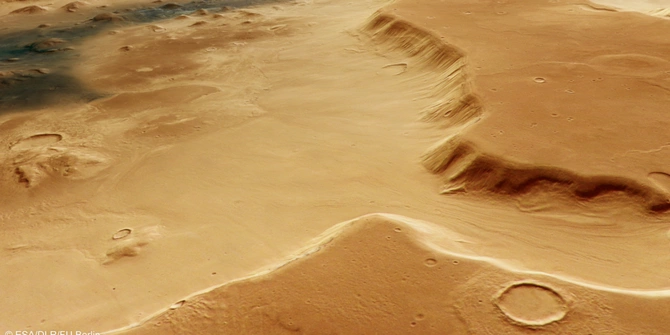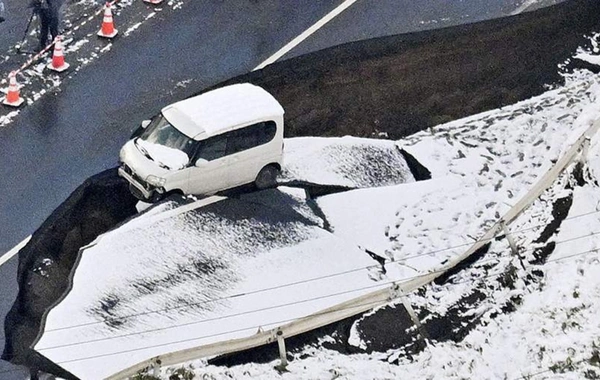Geological Treasury of Mars: What the Giant Crater Conceals

The European spacecraft Mars Express transmitted images of the Martian crater Deuteronilus Cavus from orbit, based on which scientists created a three-dimensional reconstruction.
It seems to contain all the key elements of the Red Planet's geology: traces of glaciers, water flows, volcanic activity, dust deposits, and even table mountains - typical flat elevations for Mars - can be seen simultaneously in a limited area of the surface.
As reported by BAKU.WS with reference to Lifehacker, the crater formed between 4.1 and 3.7 billion years ago and has since changed significantly under the influence of water and ice. It has almost doubled in size, and the plain surrounding it has a volcanic origin. Today, this area of Mars looks like a complex assortment of various rocks and landforms.
Gallery
On the inner part of the crater walls, characteristic ice tongues covered with stones - so-called debris aprons - are noticeable. On one side, a channel is visible that probably once broke through the crater wall, allowing a flow of water to pass through. On the other side, a rectangular gap yawns in the crater wall - probably first cut by water and then expanded by glaciers.
Dark areas have been preserved on the crater floor, which, according to scientists, consist of volcanic ash and dust. They could have formed as a result of the interaction of eruption products with a temporary body of water that was in the center of the depression. Shiny deposits resembling a mixture of volcanic ash and clay were also found here - another possible confirmation of the presence of water in the past.
The outer part of the crater is also full of interesting details. Smaller craters and characteristic wrinkled ridges left after lava solidification are scattered around it. Some areas resemble a "Rocky Road" cake - with chaotically scattered, erosion-resistant blocks that scientists compared to marshmallow pieces in a dessert.
Gallery
The Mars Express images and 3D reconstruction of the crater allow scientists to more accurately reconstruct the climatic and geological past of the region. The study of Deuteronilus Cavus confirms that Mars was not always dry and cold - once waters raged and glaciers flowed here, which may be key to understanding the history of the entire planet.
Similar News
Trump accused ex-president of the USA of Russia's annexation of Crimea
Former US President Barack Obama forced Ukrainian authorities to give up Crimea in favor of Russia. As reported by BAKU.WS, this was stated by the current Ameri...




 Azərbaycanca
Azərbaycanca  По-русски
По-русски  English
English 









